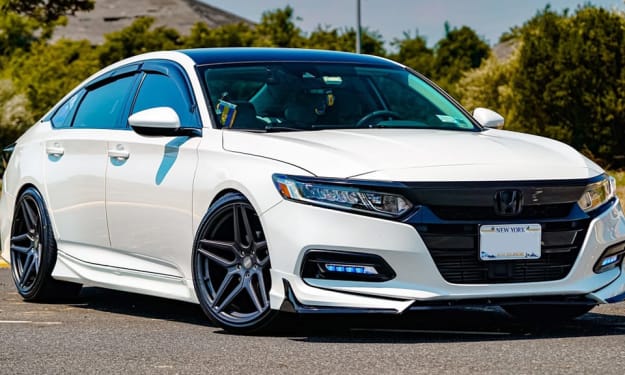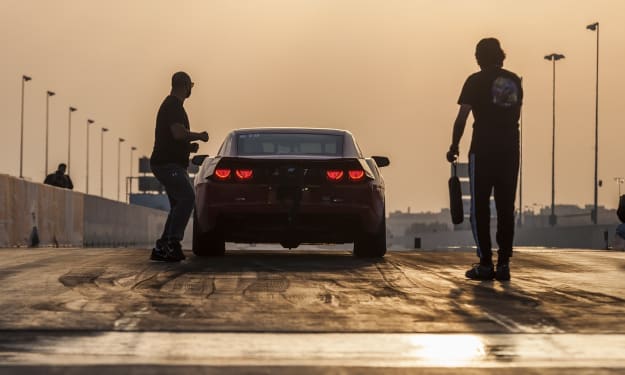What’s the difference between the spoiler and the wing ?
How does the size of the wing affect its performance?

While the terms "spoiler" and "wing" are often used interchangeably, there is actually a difference between the two.
A spoiler is a device that is mounted on the rear of a vehicle, typically on the trunk or rear hatch. Spoilers are designed to disrupt the airflow over the rear of the vehicle, which can reduce lift and improve stability at high speeds. In general, spoilers are smaller and less prominent than wings, and are often used on street cars and sports cars.
A wing, on the other hand, is a larger and more prominent device that is mounted on the rear of a vehicle. Wings are designed to create downforce, which increases the amount of grip that the vehicle has on the road. This can improve handling and stability at high speeds, but can also increase drag and reduce fuel efficiency. Wings are typically used on high-performance sports cars and race cars.
In summary, a spoiler disrupts airflow to reduce lift and improve stability, while a wing generates downforce to increase grip and improve handling. Spoilers are typically smaller and less prominent than wings, and are often used on street cars and sports cars, while wings are larger and more prominent, and are typically used on high-performance sports cars and race cars.
The size of the wing can have a significant impact on its performance. In general, larger wings produce more downforce, which can improve the vehicle's grip and stability at high speeds. However, larger wings also produce more drag, which can reduce the vehicle's top speed and fuel efficiency.
The shape and angle of the wing are also important factors that affect its performance. A wing with a steeper angle of attack will produce more downforce, while a flatter angle will produce less downforce but more top speed. The shape of the wing can also affect its performance, with some shapes being more efficient at producing downforce than others.
It's worth noting that the size of the wing should be matched to the vehicle's weight, speed, and intended use. A wing that is too large for the vehicle can produce too much downforce, which can actually reduce performance and cause handling issues. Similarly, a wing that is too small may not produce enough downforce to improve grip and stability.
Overall, the size of the wing is an important factor in its performance, and should be chosen carefully based on the vehicle's weight, speed, and intended use. By selecting the right size and shape of wing, you can help maximize your vehicle's performance and improve its handling and stability at high speeds.
Larger wings are typically used on high-performance sports cars and race cars that require maximum grip and stability at high speeds. Here are some examples of vehicles that benefit from larger wings:
1. Porsche 911 GT3: The Porsche 911 GT3 is a high-performance sports car that features a large rear wing to improve downforce and grip at high speeds. The wing is adjustable to suit different driving conditions and racing tracks.
2. Lamborghini Aventador SVJ: The Lamborghini Aventador SVJ is a supercar that features an active rear wing that adjusts automatically to provide maximum downforce and stability. The wing is designed to improve cornering and high-speed stability.
3. McLaren 720S: The McLaren 720S is a high-performance sports car that features an active rear wing that can adjust to provide additional downforce and stability at high speeds. The wing is designed to improve handling and grip on the track.
4. Nissan GT-R: The Nissan GT-R is a high-performance sports car that features a large rear wing to provide additional downforce and stability at high speeds. The wing is designed to improve handling and grip on the track.
5. Ferrari 488 Pista: The Ferrari 488 Pista is a high-performance sports car that features a large rear wing to improve downforce and stability at high speeds. The wing is designed to improve cornering and high-speed stability.
These vehicles are designed for high-performance driving and require maximum grip and stability at high speeds. Larger wings help to improve downforce and stability, which can improve handling, cornering, and overall performance on the track.
About the Creator
Car Community
high quality car stories , everything you should know about every car ever made.






Comments
There are no comments for this story
Be the first to respond and start the conversation.